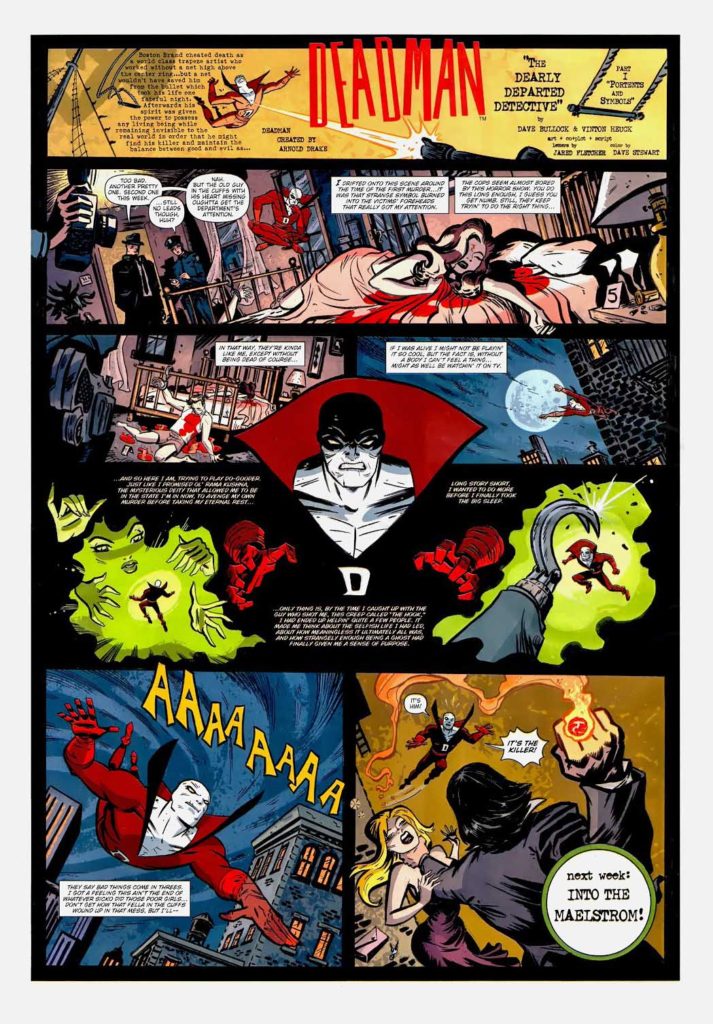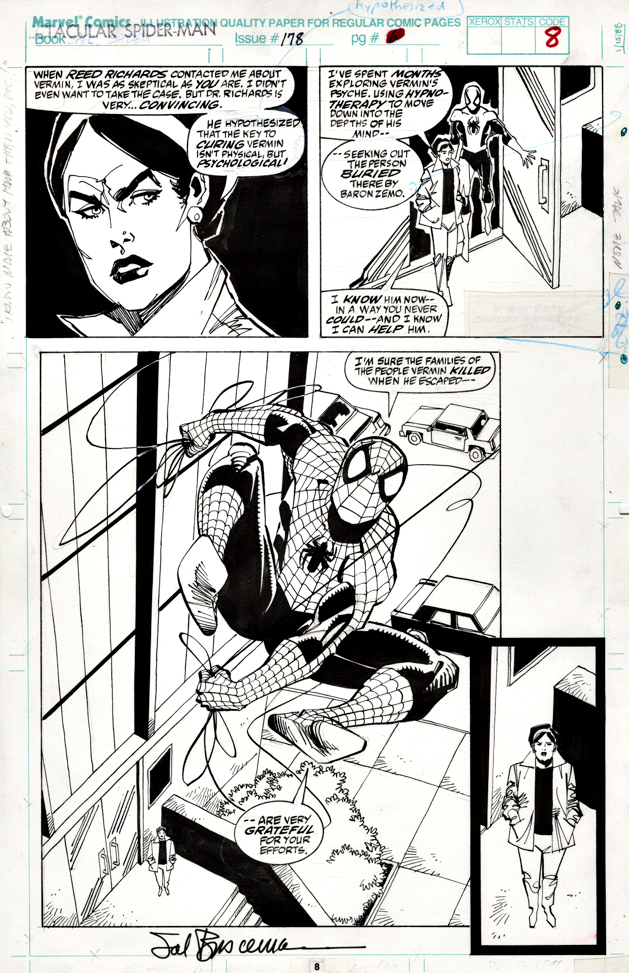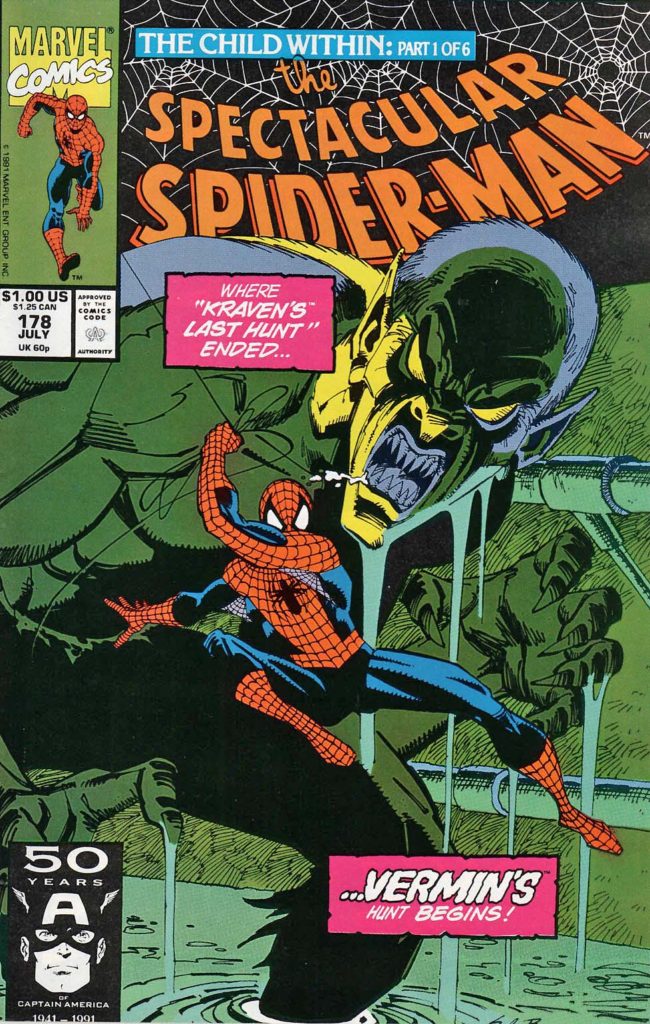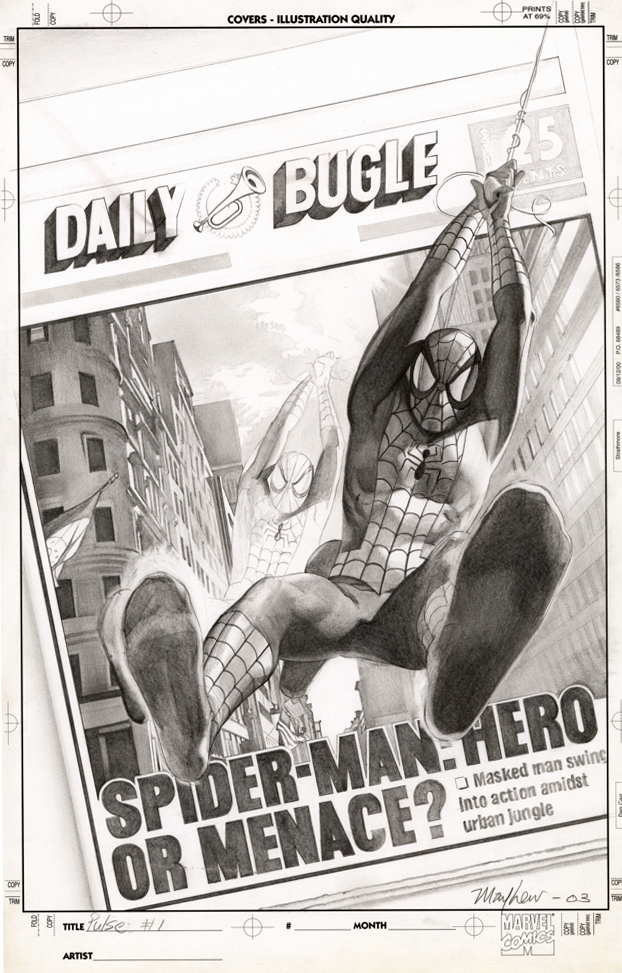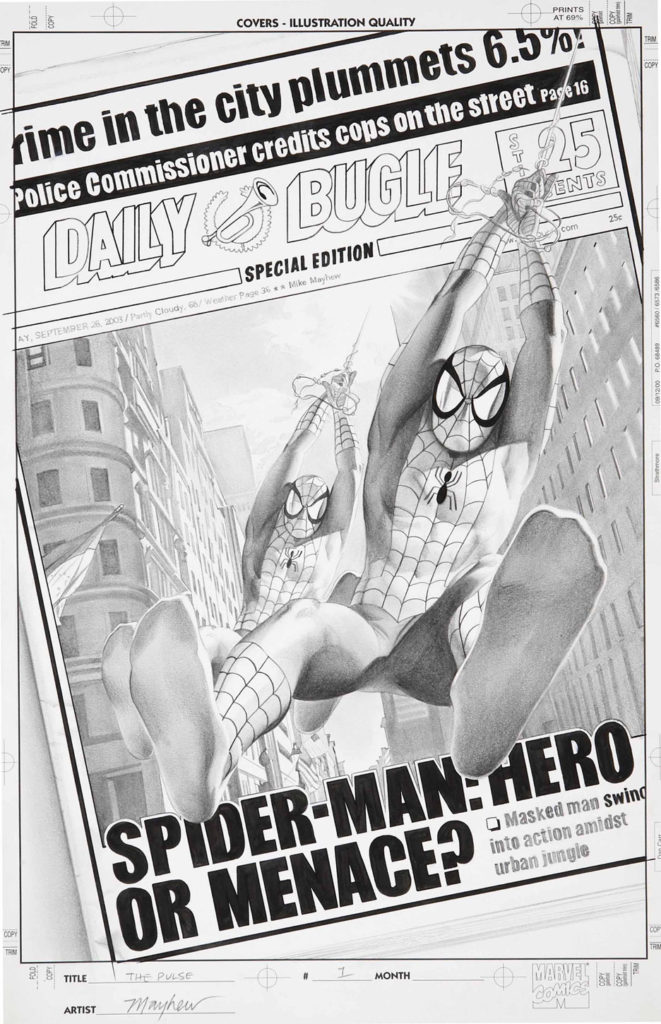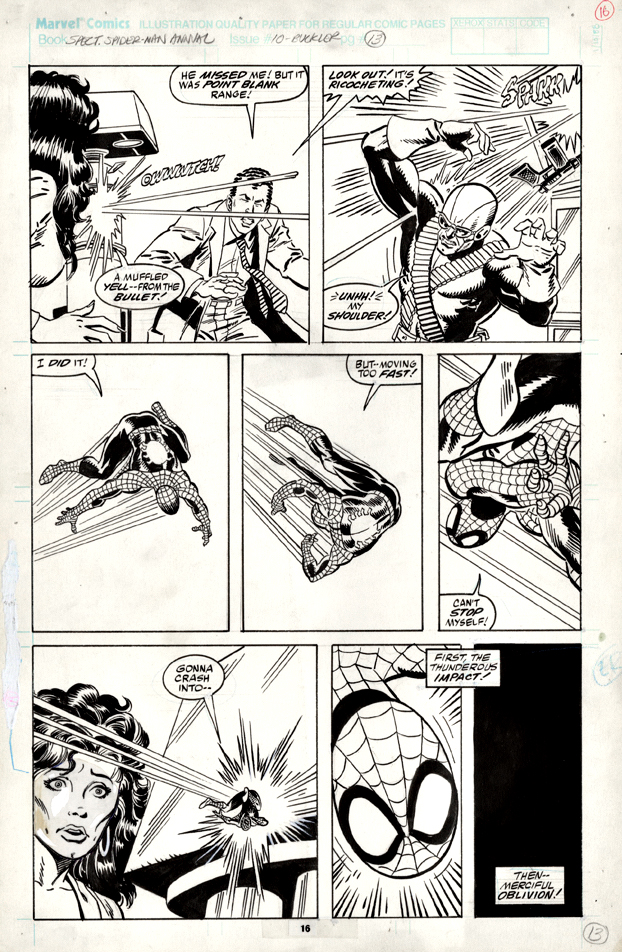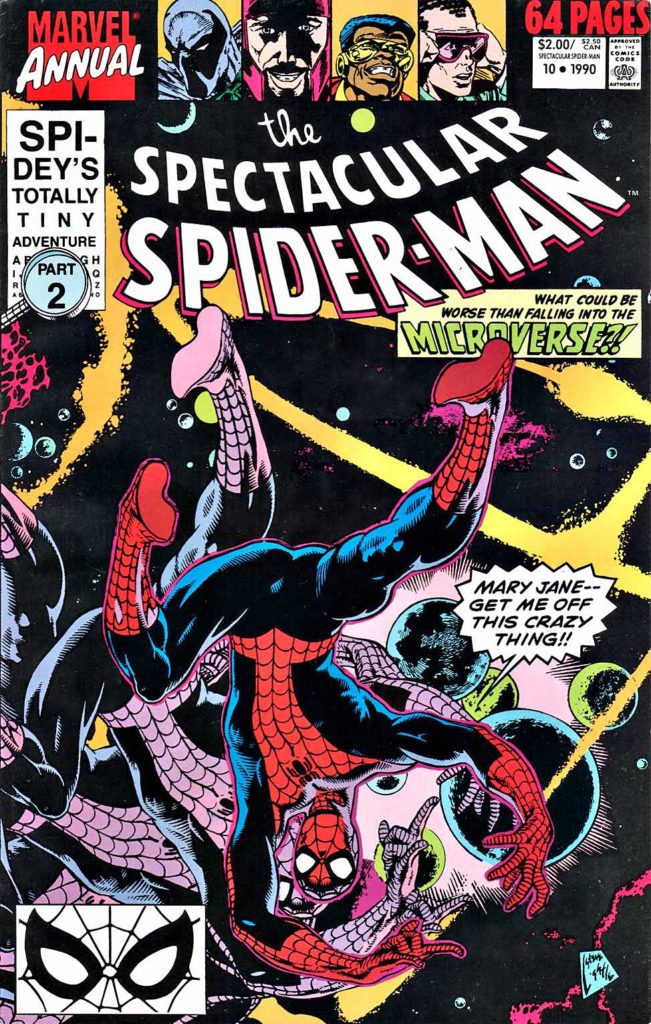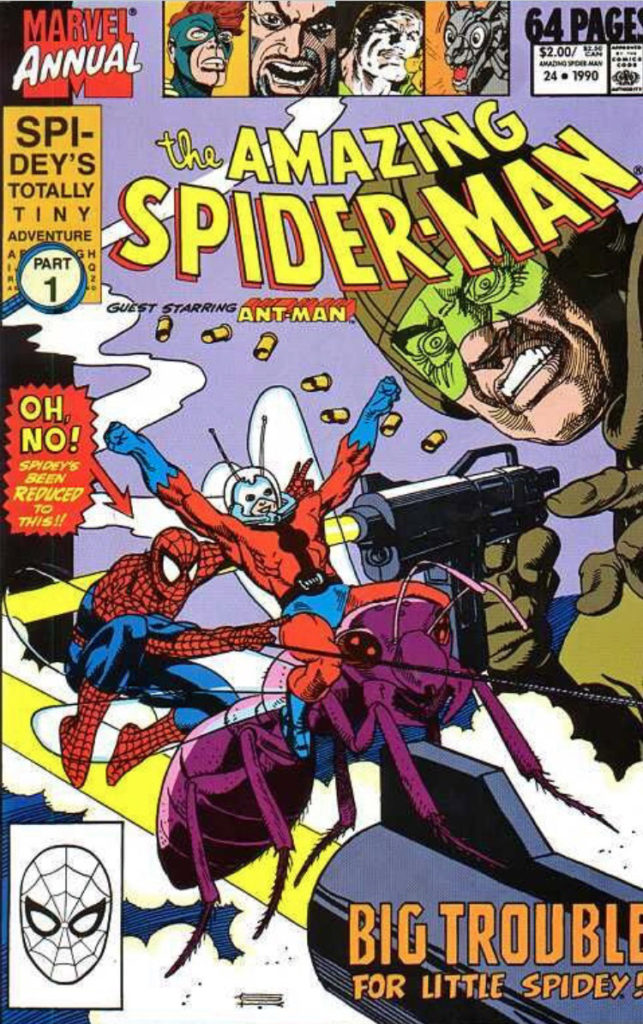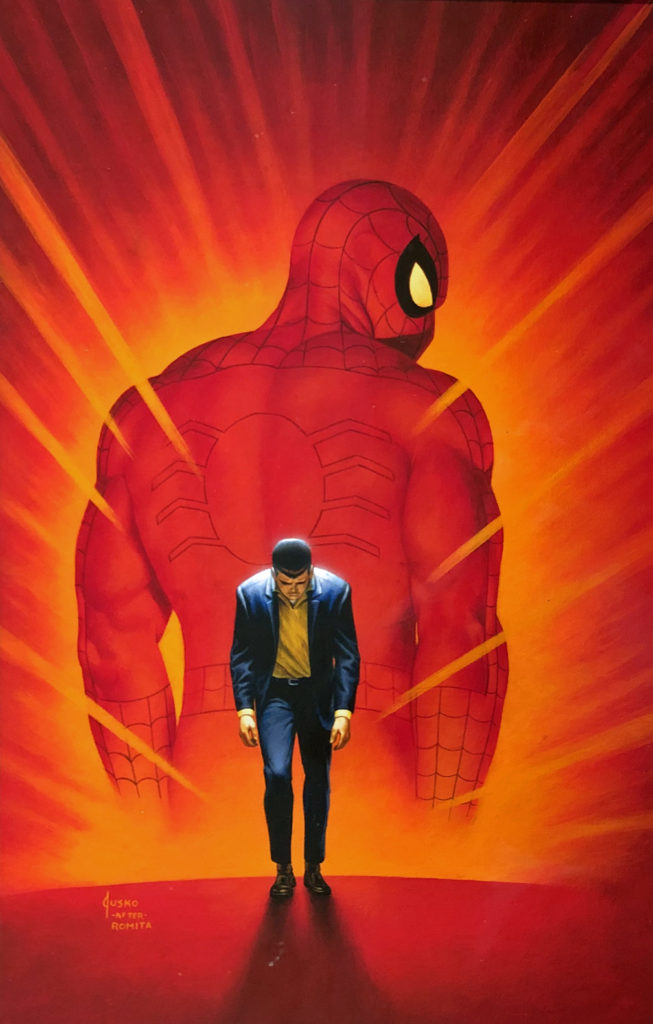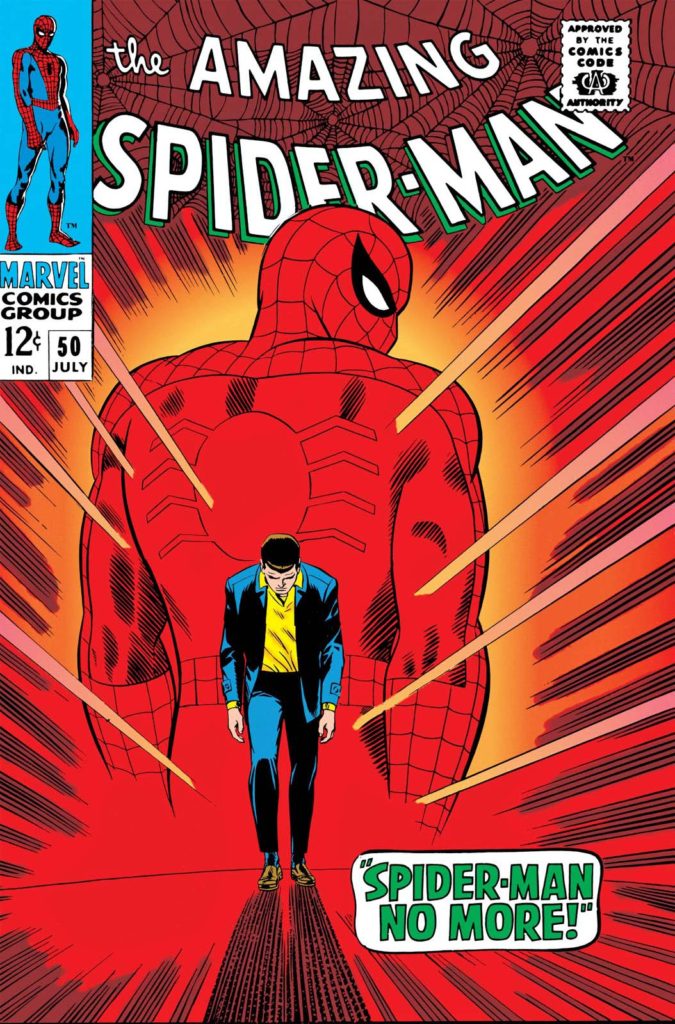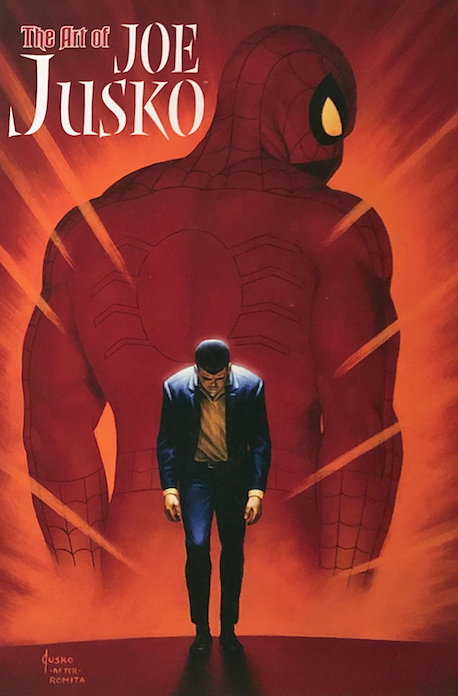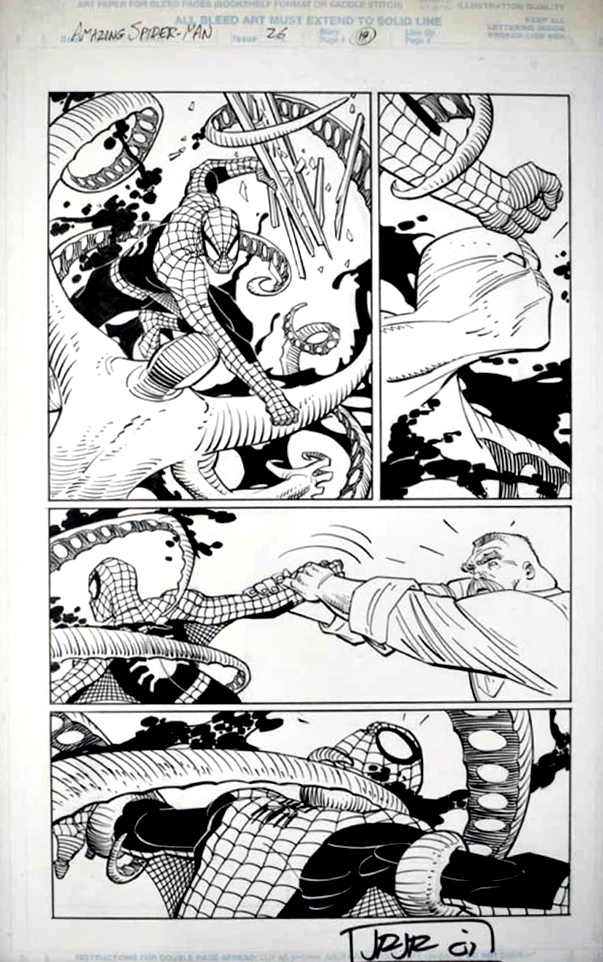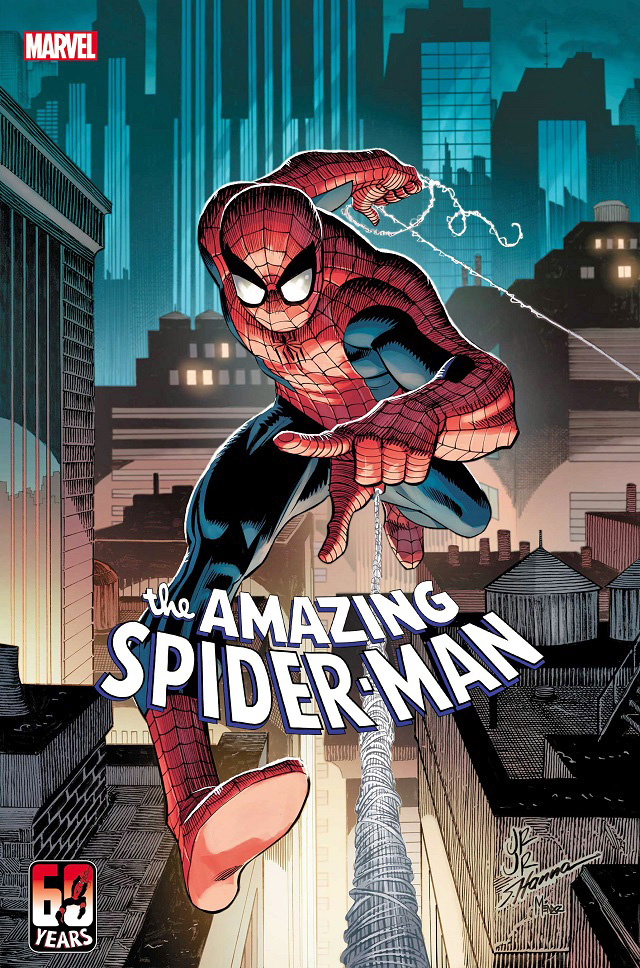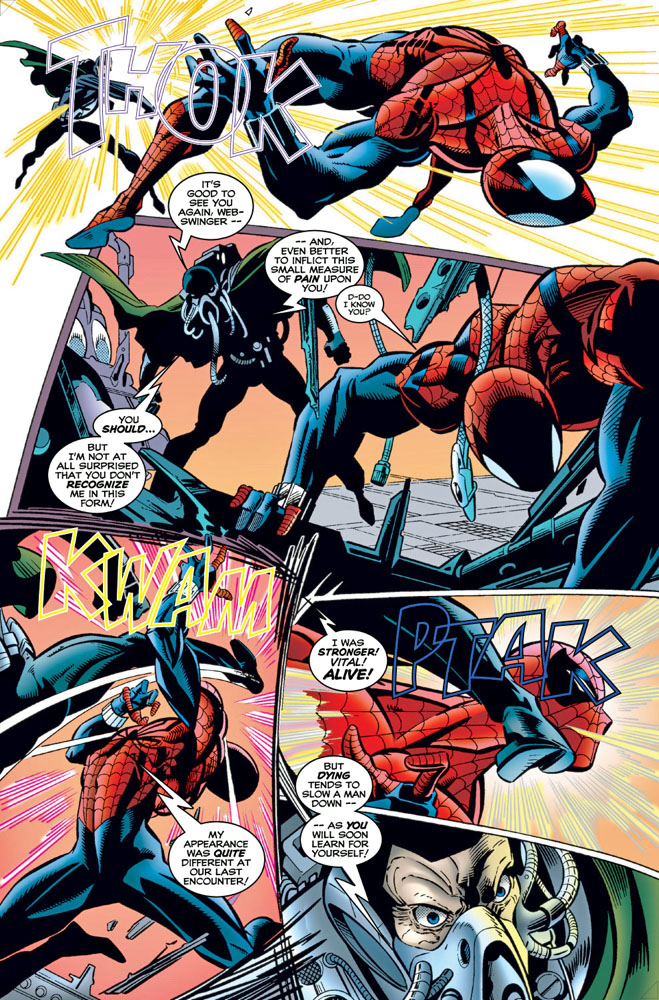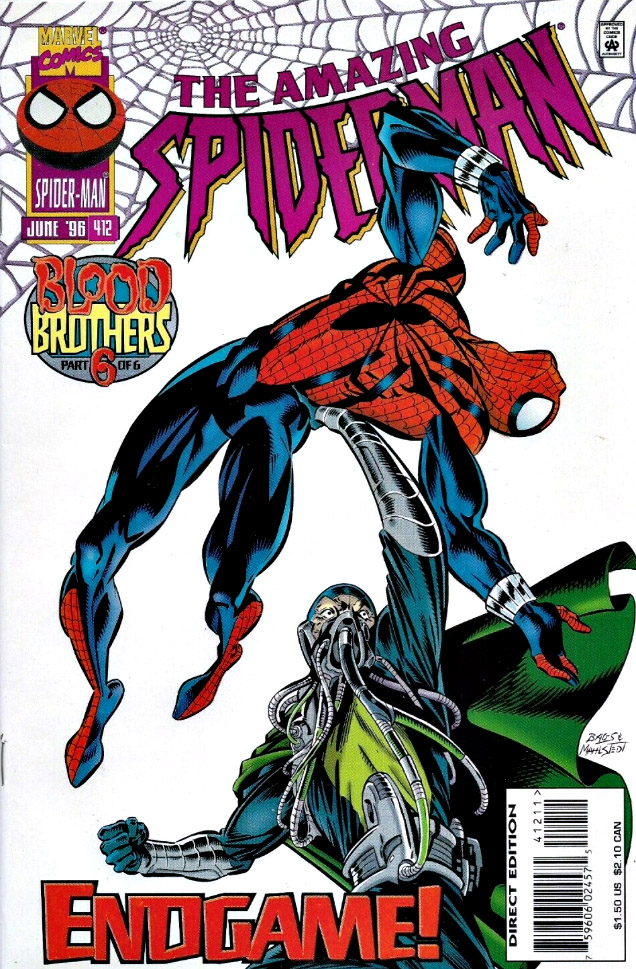Chip Kidd & Dave Bullock — You Can’t Kill The Spirit (Part One)
“Bombshell, ” Spirt Vol. 2, #18 (Unpublished) DC Comics, December 2011
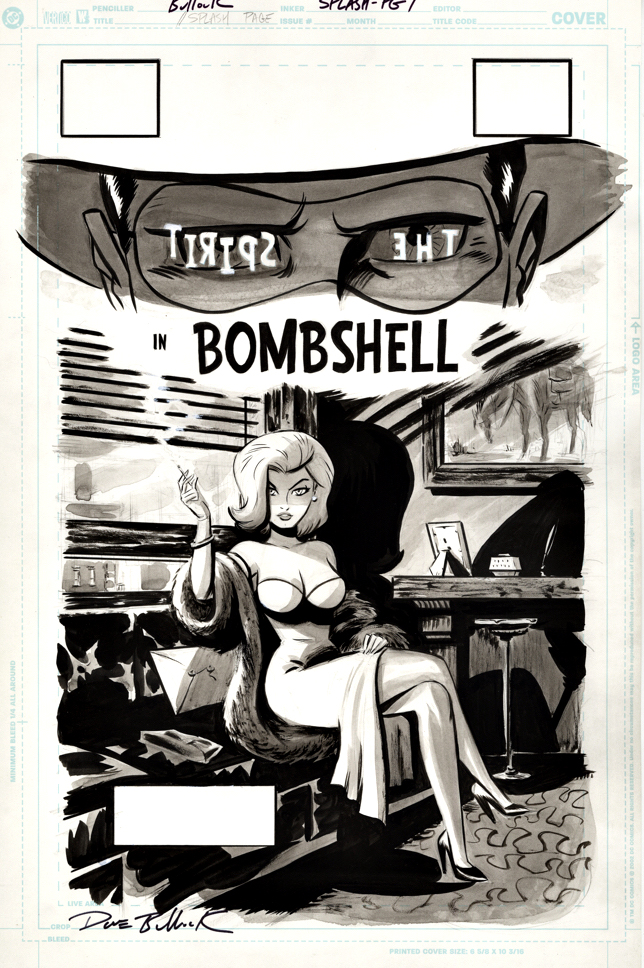
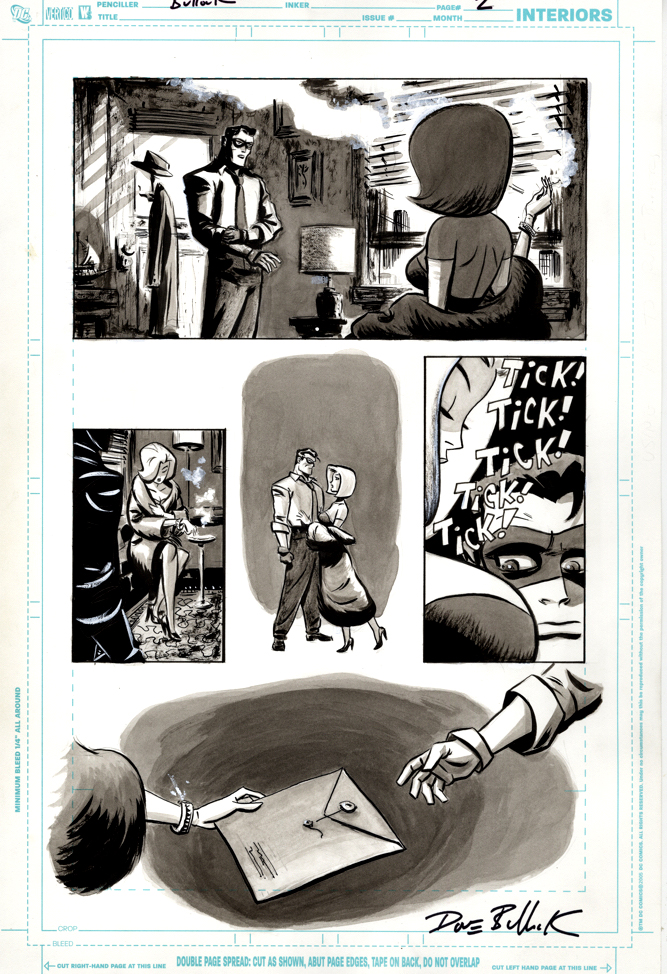
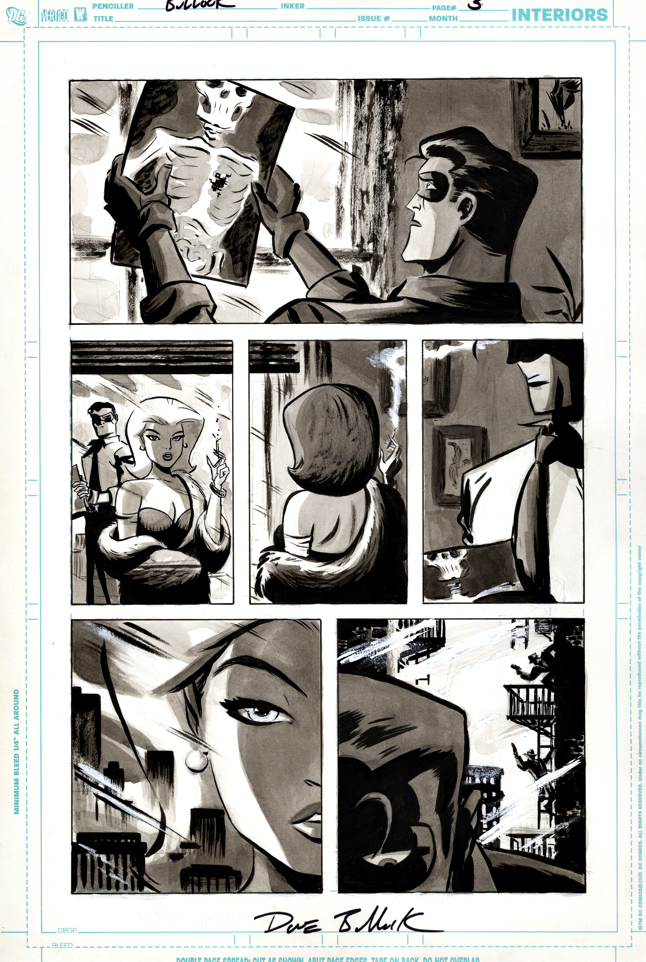
The first week of March is “Will Eisner Week,” an annual event celebrating the life and works of one of the fathers of graphic storytelling.
And that means… it’s time for our own contribution to Will Eisner Week as well.
This year, we feature a terrific unpublished Spirit story by Chip Kidd and Dave Bullock featuring Bombshell. Unpublished… because DC cancelled its First Wave version of The Spirit before the story saw the light of day. (And shortly thereafter, the Spirit moved to Dynamite.)
Great storytelling along with beautiful wash tones by Bullock make this an especially unfortunate casualty of commercial considerations.
Part one of this great story appears today, part two on Thursday, and the conclusion on Saturday.
As for the dialogue?
Let your imagination soar.
